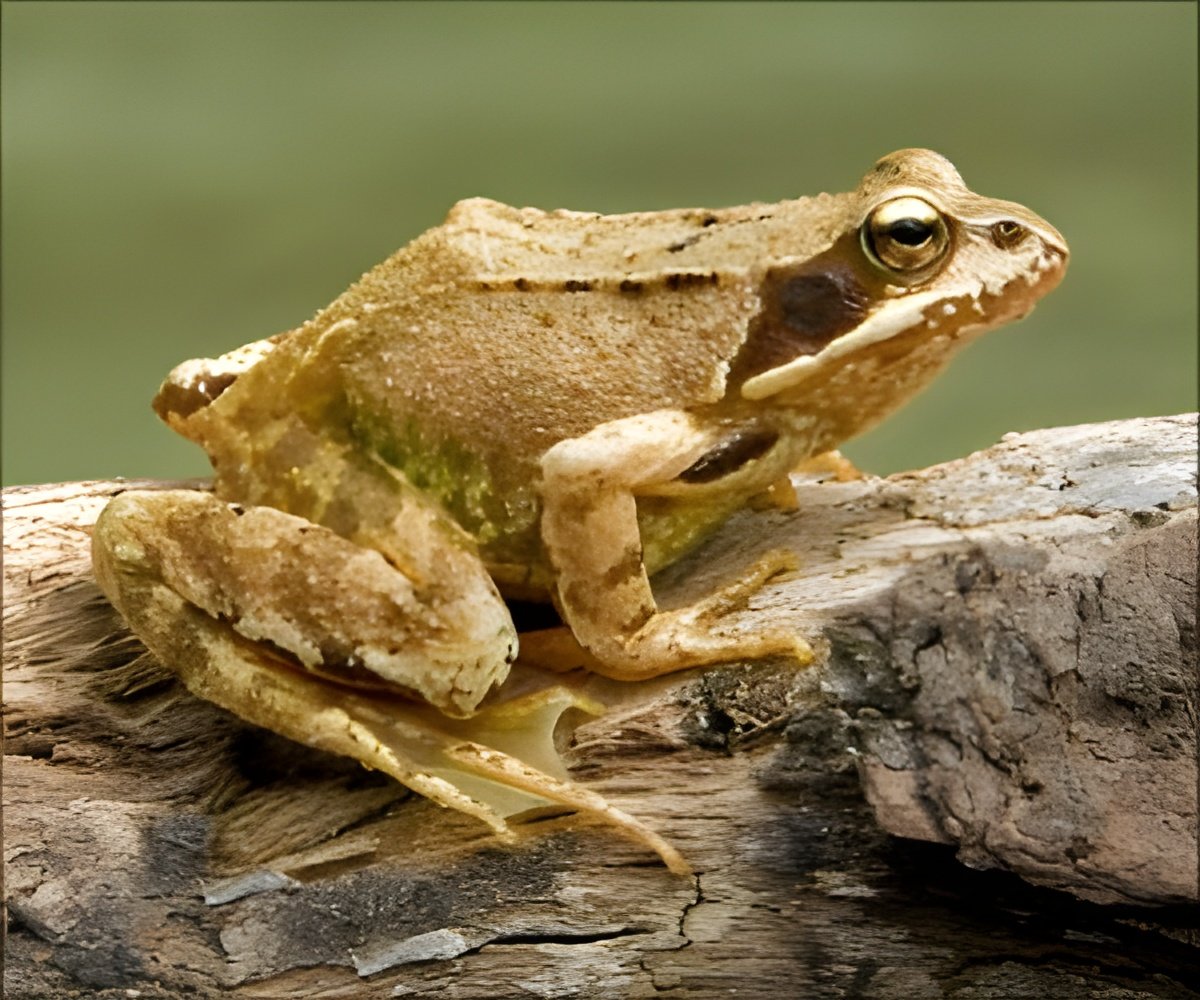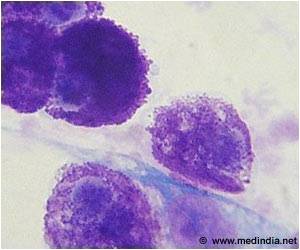
In a multipart study, the researchers compared the attachment abilities of two species: torrent frogs (Staurois guttatus) and tree frogs (Rhacophorus pardalis). They found that the torrent frog is better able to attach to extremely wet, steep, and rough surfaces due to its superior attachment abilities. Frog attachment to surfaces was measured under different conditions of roughness and fast-flowing water on a slowly rotating platform. On dry, smooth surfaces, both frog species attached to steep slopes equally well; however, on wet, rough surfaces, the torrent frogs attached significantly better than tree frogs.
To find out why this might be, researchers used imaging to visualize the attachment process and discovered that both frog species use their toes, belly, and thighs to adhere to the surface. However, the torrent frogs increased the use of their belly and thighs as the surface became steeper, managing to stay put until the platform was almost upside down. In contrast, tree frogs often lost the contact of their belly and thigh skin with the steeper platform and therefore detached earlier.
Moreover, using scanning electron microscopy to visualize the shape of the cells on the toe pads of both species, the authors found that the torrent frogs' were slightly elongated compared to those in the tree frogs. These cells create channels that facilitate the drainage of excess fluid underneath the pad, possibly providing a further advantage for holding on. Endlein expands, "Torrent frogs adhere to very wet and rough surfaces by attaching not only their specialised toe pads (like many tree frogs do) but also by using their belly and ventral thigh skin. In addition, torrent frogs exhibit elongated cells on their toe pads which might help to drain off excess water for close surface attachment."
Source-Eurekalert









